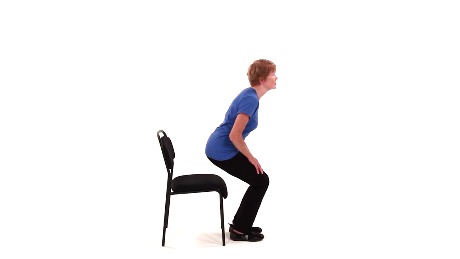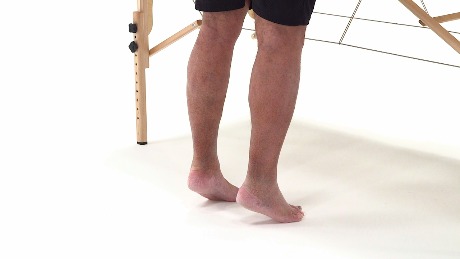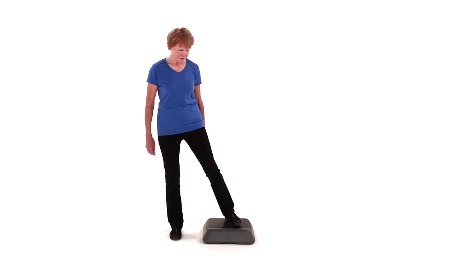How to Decrease Patient Fall Risk and Improve Functional Mobility
August 15, 2017
3 min. read

Patient Falls are a major concern for older adults as well as healthcare providers. Each year approximately 30% of community dwelling older adults (65 years and older) report having at least one fall. This can lead to falling related consequences/morbidities, including hospitalization, functional decline, psychological changes, as well as, possible injuries leading to disability or even mortality.1,2
According to Stubbs and colleagues (2013), disability due to falls increased by 54% from 1990 to 2010 resulting in falls being the 11th most common cause of disability in 2010.1
If fall prevention does not improve, there will be 48.8 million falls and 11.9 million fall injuries by the year 2030.3 It is vital that clinicians are educated about using results of appropriate outcome measures to identify patients primary impairments and functional limitations in order to prescribe appropriate intervention.
Fall & Injury Prevention PDF
Fill out the form to unlock your free Fall Prevention assessment!
Unlock Resource
Where to Start?
Using the results and assessments from clinically appropriate outcome measures, like AM-PAC Scores or STEADI, a clinician must start with a problem list. The problem list should be based on the International Classification of Functioning, Disability, and Health:
Body Function and Structure
Musculoskeletal Impairments
Cardiovascular Impairments
Neuromuscular Impairments
Sensory Impairments
Cognitive Impairments
Activity
Mobility limitations
Sitting Balance Limitations
Standing Balance Limitations
Using this information you can incorporate patients Participation Restrictions into patient centered goals.
For example, when looking at gait speed work toward functional community ambulation as demonstrated by an SSWS of 1.0 m/sec or more, within a standard deviation of age- and gender-matched norm.
How to Decrease Patient Fall Risk?
Using a comprehensive plan of care, including a minimum of 50 hours balance training with a combination of clinical visits, an appropriate home exercise program, and an evidence based fall prevention.4 The APTA Guide, recent practice guidelines, and numerous systematic reviews serve as guiding principles for your patient's individualized treatment plan.
Here is an example of an exercise program built from the Medbridge library that works on components of fall prevention:
Limits of Stability
Standing Reach to Opposite Side with Weight Shift
Anticipatory Postural Control
Standing Toe Taps onto Box
Postural Adjustments
Standing Balance with Perturbations
Sensory Orientation
Wide Stance with Eyes Closed on Foam Pad
Strength Training
Below are three strength exercises recommended by the authors. We can add power into any of these exercises by involving a speed component:
Strengthening Exercises
The authors recommend the following exercises for strengthening.



Note: It is the responsibility of the treating practitioner, relying on independent expertise and knowledge of the patient, to determine the best treatment and method of application for the patient.
With the appropriate knowledge base, your clinical skills, and your patient's values you can decrease their fall risk, and improve their level of function as well as their quality of life.






